Home>Articles>How High Should A Floating Vanity Be Off The Floor


Articles
How High Should A Floating Vanity Be Off The Floor
Modified: May 6, 2024
Discover the optimal height for a floating vanity off the floor. Read our informative articles on how to determine the perfect height for your bathroom's floating vanity.
(Many of the links in this article redirect to a specific reviewed product. Your purchase of these products through affiliate links helps to generate commission for Storables.com, at no extra cost. Learn more)
Introduction
When it comes to bathroom design and remodeling, floating vanities have become increasingly popular in recent years. These stylish fixtures not only add a touch of modern elegance to any bathroom but also create an illusion of space by elevating the vanity off the floor. However, determining the optimal height for a floating vanity can be a bit of a challenge, as it depends on various factors such as personal preference, accessibility, and design aesthetics. In this article, we will delve into the considerations and guidelines for determining the height of a floating vanity off the floor.
One of the primary factors to consider when determining the height of a floating vanity is the comfort and convenience of the users. A vanity set too low can be uncomfortable, especially for taller individuals who may have to stoop down while using the sink. On the other hand, a vanity set too high can make it difficult to reach the faucet and may cause strain on the shoulders and back. Therefore, striking a balance between style and functionality is crucial to ensure a comfortable and practical vanity height.
Another important consideration is the overall design and layout of the bathroom. The height of the floating vanity should complement the other elements in the space, such as the mirror, lighting fixtures, and storage cabinets. Achieving a visually cohesive and harmonious look is key to creating an aesthetically pleasing bathroom environment.
In terms of standard height guidelines, the average height for a floating vanity typically ranges between 30 to 36 inches off the floor. This measurement is based on ergonomic principles and ensures a comfortable user experience for most individuals. However, it is important to note that these are just general guidelines, and personal preference and specific needs may warrant deviations from these standards.
For those who require extra accessibility and comfort, such as individuals with disabilities or limited mobility, it is recommended to adjust the height of the floating vanity accordingly. This may involve lowering the vanity to provide easier access or raising it slightly to accommodate a wheelchair. Consulting with a professional designer or contractor can help determine the best height modification for specific accessibility requirements.
In terms of the optimal distance between the floating vanity and the floor, it is generally recommended to leave a clearance of at least 4 to 6 inches. This allows for easy cleaning and maintenance, as well as enough space for any potential plumbing or electrical work that may need to be done beneath the vanity.
Ultimately, the height of a floating vanity off the floor is a personal choice that should be based on individual needs and preferences. It is important to consider factors such as comfort, accessibility, and overall design aesthetics when determining the ideal height for your bathroom vanity. By taking these factors into account, you can create a functional and visually appealing bathroom space that meets your specific requirements.
Key Takeaways:
- Consider user comfort, accessibility, and bathroom design when determining the height of a floating vanity. Customization ensures a functional and visually appealing space that meets individual needs.
- Optimal distance between the floating vanity and the floor is crucial for cleaning, maintenance, and visual appeal. Consider plumbing, accessibility, and user demographics for personalized adjustments.
Factors to Consider when Determining Height of Floating Vanity
When deciding on the height of a floating vanity, there are several important factors to consider. These factors will help you determine the optimal height that not only meets your personal preferences but also enhances the functionality and overall design of your bathroom. Let’s explore these factors further:
- User Comfort: One of the primary considerations when determining the height of a floating vanity is user comfort. The vanity should be at a comfortable height that allows individuals to use the sink and countertop without straining their back or shoulders. Consider the average height of the users and choose a height that accommodates the majority.
- Accessibility: Accessibility is another crucial factor to consider, especially for individuals with disabilities or limited mobility. The height of the vanity should be adjusted to ensure easy access for everyone. Lowering the vanity can make it more accessible for wheelchair users, while raising it slightly can accommodate those who require a higher countertop height.
- Plumbing and Electrical Considerations: The height of the floating vanity should also take into account any plumbing and electrical work that needs to be done beneath the vanity. Leaving enough clearance between the vanity and the floor will make it easier for maintenance and potential repairs in the future.
- Bathroom Layout and Design: The height of the floating vanity should harmonize with the overall design of the bathroom. Consider the placement of other fixtures such as mirrors, lighting, and storage cabinets. The height of the vanity should create a visually balanced and cohesive look in the space.
- User Demographics: If multiple people will be using the bathroom, it’s essential to consider the height range of the users. If there is a significant height difference between household members, you may want to choose a height that accommodates the tallest person while still being comfortable for the shorter individuals.
- Personal Preference: Ultimately, personal preference plays a crucial role in determining the height of the floating vanity. Some people prefer a higher vanity for a more dramatic and elegant look, while others prefer a lower height for a more modern and sleek appearance. Consider your style preferences and how they align with the other design elements in your bathroom.
By taking these factors into account, you can make an informed decision about the height of your floating vanity. Remember to prioritize user comfort, accessibility, and overall design aesthetics to create a functional and visually pleasing bathroom space.
Standard Height of Floating Vanity
The standard height for a floating vanity typically falls within the range of 30 to 36 inches off the floor. This range is based on ergonomic principles and ensures a comfortable and practical user experience for most individuals. However, it is crucial to note that these measurements are general guidelines, and there may be variations depending on personal preference and specific bathroom requirements.
A floating vanity at the lower end of the standard height range, around 30 inches off the floor, is suitable for bathrooms used by children or individuals of shorter stature. This lower height allows for easier access and comfortable use of the sink and countertop. It is also commonly used in bathrooms with a more modern or minimalist design aesthetic, as it creates a sleek and streamlined look.
On the other hand, a floating vanity set at the higher end of the standard height range, around 36 inches off the floor, is more suitable for taller individuals. This height allows for better ergonomics, as it reduces the need to bend down while using the sink. It also provides additional storage space beneath the vanity, which can be beneficial for storing larger items or cleaning supplies.
Keep in mind that the standard height of a floating vanity can be adjusted based on user demographics and personal preferences. If the bathroom is primarily used by taller individuals, you may opt for a vanity that is slightly higher than the standard range. Similarly, if the bathroom is used by individuals with mobility challenges, you may consider lowering the vanity to enhance accessibility.
It is always recommended to consult with a professional designer or contractor to determine the best height for your specific circumstances. They can help take into account any unique factors, such as the layout of the bathroom, the size of the vanity, and the placement of other fixtures, to ensure a cohesive and functional design.
Ultimately, choosing the standard height for your floating vanity involves a careful balance between comfort, accessibility, and visual aesthetics. Consider the needs of the users and the overall design of the bathroom to create a functional and visually appealing space that suits your preferences.
Adapting Height for Personal Comfort and Accessibility
While there are standard height guidelines for floating vanities, it is important to remember that these are not set in stone. Personal comfort and accessibility should be prioritized when determining the height of your vanity. Adapting the height to meet individual needs ensures a comfortable and functional bathroom space. Here are some considerations for adjusting the height of a floating vanity:
Individual Height: The height of the vanity should be tailored to the specific individuals who will be using the bathroom. If you or your family members are taller or shorter than average, adjusting the height accordingly will ensure a more comfortable experience at the sink. Taller individuals may opt for a vanity that is slightly higher than the standard range, while shorter individuals may prefer a lower height.
Accessibility: If there are individuals with disabilities or limited mobility in your household, it is crucial to consider their needs when determining the height of the floating vanity. Lowering the vanity can make it more accessible for wheelchair users, allowing them to comfortably reach the sink and use the countertop. Accessibility guidelines recommend a height-adjustable vanity to accommodate varying needs and preferences.
Customization: Many floating vanities offer the option to customize the height to suit your specific requirements. This allows you to choose a height that aligns with your personal comfort and accessibility needs. Work with a professional designer or contractor who can help modify the vanity’s height while maintaining its structural integrity and aesthetic appeal.
Storage Requirements: Consider your storage needs when determining the height of your floating vanity. If you require ample storage space beneath the vanity, opting for a slightly higher height can provide additional room for baskets, drawers, or cabinets. On the other hand, if storage is not a priority, a lower height can give your bathroom a sleek and minimalist look.
Visual Unity: While personal comfort and accessibility are paramount, it is also important to consider the overall design of your bathroom. Ensure that the vanity height blends harmoniously with the other elements in the space, such as mirrors, lighting fixtures, and storage units. Your chosen height should create visual unity and contribute to the desired aesthetic of the bathroom.
By adapting the height of your floating vanity to meet your personal comfort and accessibility needs, you can create a bathroom that is tailored to your specific requirements. Whether it involves customizing the height, considering storage options, or accommodating individuals with disabilities, prioritizing personal comfort ensures a functional and inclusive bathroom space.
A floating vanity should be mounted 32-36 inches off the floor to provide a comfortable height for most users. Consider the height of the sink and any additional countertop space when determining the final installation height.
Optimal Distance Between Floating Vanity and Floor
When installing a floating vanity, it is important to consider the optimal distance between the vanity and the floor. This distance not only affects the visual appeal of the bathroom but also plays a role in ensuring ease of cleaning and maintenance. Here are some factors to consider when determining the optimal distance:
Cleaning and Maintenance: Leaving a clearance between the bottom of the floating vanity and the floor is crucial for easy cleaning and maintenance. This clearance allows you to reach under the vanity to clean the floor or access any plumbing or electrical connections if necessary. A distance of at least 4 to 6 inches between the vanity and the floor is generally recommended for optimal accessibility during cleaning and maintenance tasks.
Visual Aesthetics: The distance between the floating vanity and the floor can also have an impact on the overall visual appeal of the bathroom. The appropriate distance will depend on the design style and preference. For a more spacious and open look, a greater clearance may be preferred. However, keep in mind that the clearance should not be excessive to avoid creating an awkward or unbalanced appearance.
Plumbing and Electrical Considerations: Consider the location of the plumbing and electrical connections when determining the distance between the vanity and the floor. It is important to allow enough space for easy access to these connections for any future maintenance or repairs. Consult with a professional plumber or electrician to ensure that the clearance is sufficient for proper functionality.
Coordination with Other Fixtures: The distance between the floating vanity and the floor should also align with the placement of other fixtures in the bathroom. Consider the height of the mirror, the positioning of lighting fixtures, and any adjacent storage cabinets or shelves. Strive for a balanced and visually cohesive look by ensuring that the clearance is consistent with the overall design aesthetic.
Flooring Type: The type of flooring in your bathroom may also influence the optimal distance between the floating vanity and the floor. For example, if you have tile or laminate flooring, a slightly higher clearance may be desired to prevent water from seeping underneath the vanity and potentially damaging the floor. On the other hand, if you have waterproof or moisture-resistant flooring, you may have more flexibility in determining the distance.
By considering these factors, you can determine the optimal distance between your floating vanity and the floor. This distance will ensure easy cleaning and maintenance while enhancing the overall visual appeal and functionality of your bathroom. Remember to consult with design professionals or contractors to ensure that the chosen clearance meets both your aesthetic and practical needs.
Adjusting Height for Specific Requirements
While there are standard guidelines for the height of a floating vanity, it is important to remember that specific requirements may warrant adjustments to accommodate individual needs. Whether it is for accessibility, unique bathroom layouts, or personal preferences, here are some considerations for adjusting the height of a floating vanity:
Accessibility: Individuals with disabilities or limited mobility may require a modified vanity height to ensure easy access. For wheelchair users, it is essential to lower the vanity to a height that allows them to comfortably reach the sink and use the countertop. Consulting with an accessibility expert or occupational therapist can provide valuable insights on designing an inclusive and accessible bathroom space.
Bathroom Layout: Certain bathroom layouts may necessitate height adjustments for the floating vanity. For example, if your bathroom has lower ceilings or limited vertical space, a slightly lower vanity height can help create an illusion of more space. Conversely, if the bathroom has higher ceilings, a taller vanity can help fill the vertical space and create a more balanced aesthetic.
Plumbing Considerations: If the plumbing fixtures or pipes are located closer to the floor, it may be necessary to adjust the vanity height to accommodate them. This adjustment will ensure proper installation and functionality without any interference or obstructions. Consulting with a plumber can provide guidance on any required modifications to the vanity height to accommodate the plumbing system.
User Demographics: If the bathroom will be used by individuals with varying height ranges, it is important to consider their needs when determining the height of the floating vanity. Customizing the height to accommodate the tallest and shortest individuals will ensure optimal use and comfort for everyone in the household. This customization can be achieved through adjustable vanity systems or by installing multiple vanities at different heights in larger bathrooms.
Personal Preferences: Ultimately, personal preferences play a significant role in height adjustments for floating vanities. Some individuals may prefer a higher vanity for a more dramatic and luxurious look, while others may prefer a lower height for a minimalist and contemporary aesthetic. Considering your personal style and the overall design of your bathroom will help you determine the optimal height that aligns with your preferences.
By adjusting the height of a floating vanity to meet specific requirements, you can create a bathroom space that is not only functional but also tailored to your unique needs and preferences. Whether it involves making the vanity more accessible, accommodating plumbing considerations, or reflecting your personal style, customization ensures a bathroom that suits your individual requirements.
Conclusion
Choosing the height of a floating vanity is a crucial decision that can significantly impact the functionality, accessibility, and overall design of your bathroom. While there are standard height guidelines, it is important to customize the height based on personal comfort, accessibility requirements, and individual preferences.
Consideration should be given to user comfort, taking into account the height range of individuals who will be using the bathroom. Adapting the vanity height ensures that everyone can comfortably use the sink and countertop without straining their back or shoulders.
Accessibility is another important factor to consider. For individuals with disabilities or limited mobility, the height of the floating vanity should be adjusted to ensure easy access and usability. Lowering the vanity can make it more accessible for wheelchair users, while adjustments can also be made to accommodate specific needs.
Plumbing considerations, bathroom layout, and personal preferences are all factors that can influence the height of a floating vanity. The optimal distance between the vanity and the floor should be maintained to support easy cleaning, maintenance, and any necessary plumbing or electrical work.
Ultimately, customization is key when determining the height of a floating vanity. By consulting with professionals in the field, such as designers or contractors, you can ensure that the vanity height aligns with your specific requirements and enhances the overall aesthetic of your bathroom.
In conclusion, the height of a floating vanity is not a one-size-fits-all decision. It should be tailored to meet the needs of the users, provide accessibility, and create a visually pleasing bathroom space. By considering factors such as comfort, accessibility, plumbing considerations, and individual preferences, you can create a functional and aesthetically pleasing bathroom with a floating vanity that is perfectly suited to your needs.
Excited to spruce up your living space further? Dive into our guide on choosing the perfect hardwood floors for any home renovation project. Whether you're looking to refresh your living room or revamp your entire house, understanding which hardwood floors work best can dramatically transform your home's appearance and feel. Don't miss out on creating a cozy, stylish environment that you'll adore coming home to every day.
Frequently Asked Questions about How High Should A Floating Vanity Be Off The Floor
Was this page helpful?
At Storables.com, we guarantee accurate and reliable information. Our content, validated by Expert Board Contributors, is crafted following stringent Editorial Policies. We're committed to providing you with well-researched, expert-backed insights for all your informational needs.
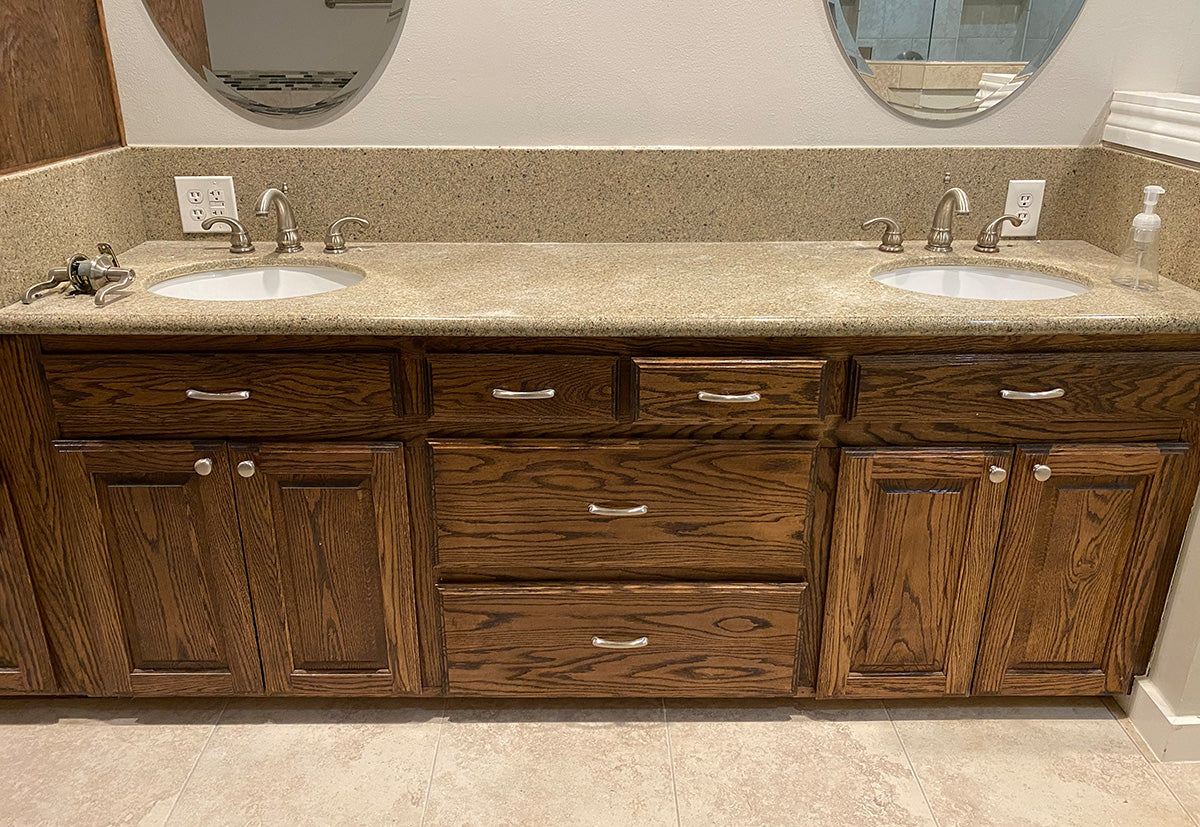
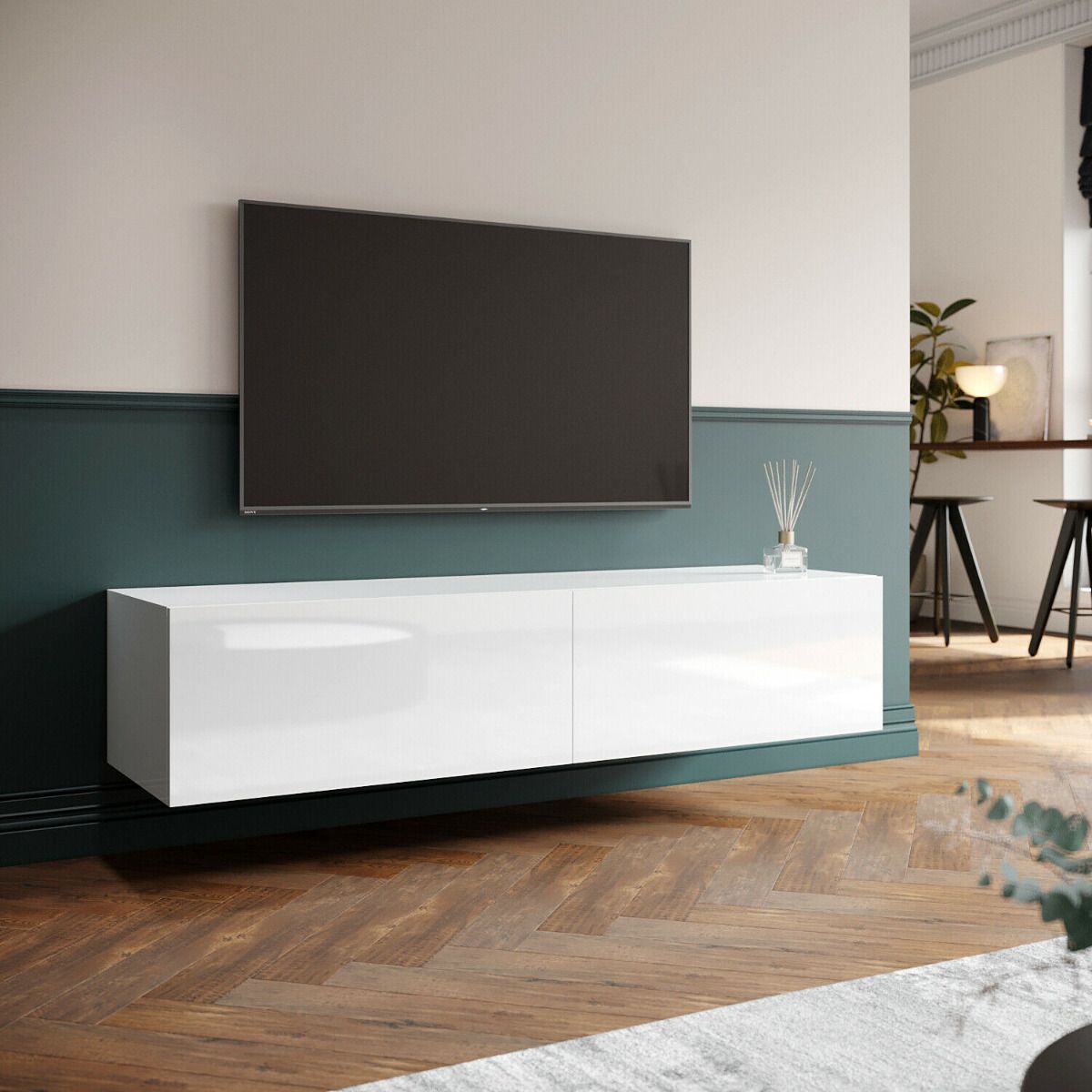
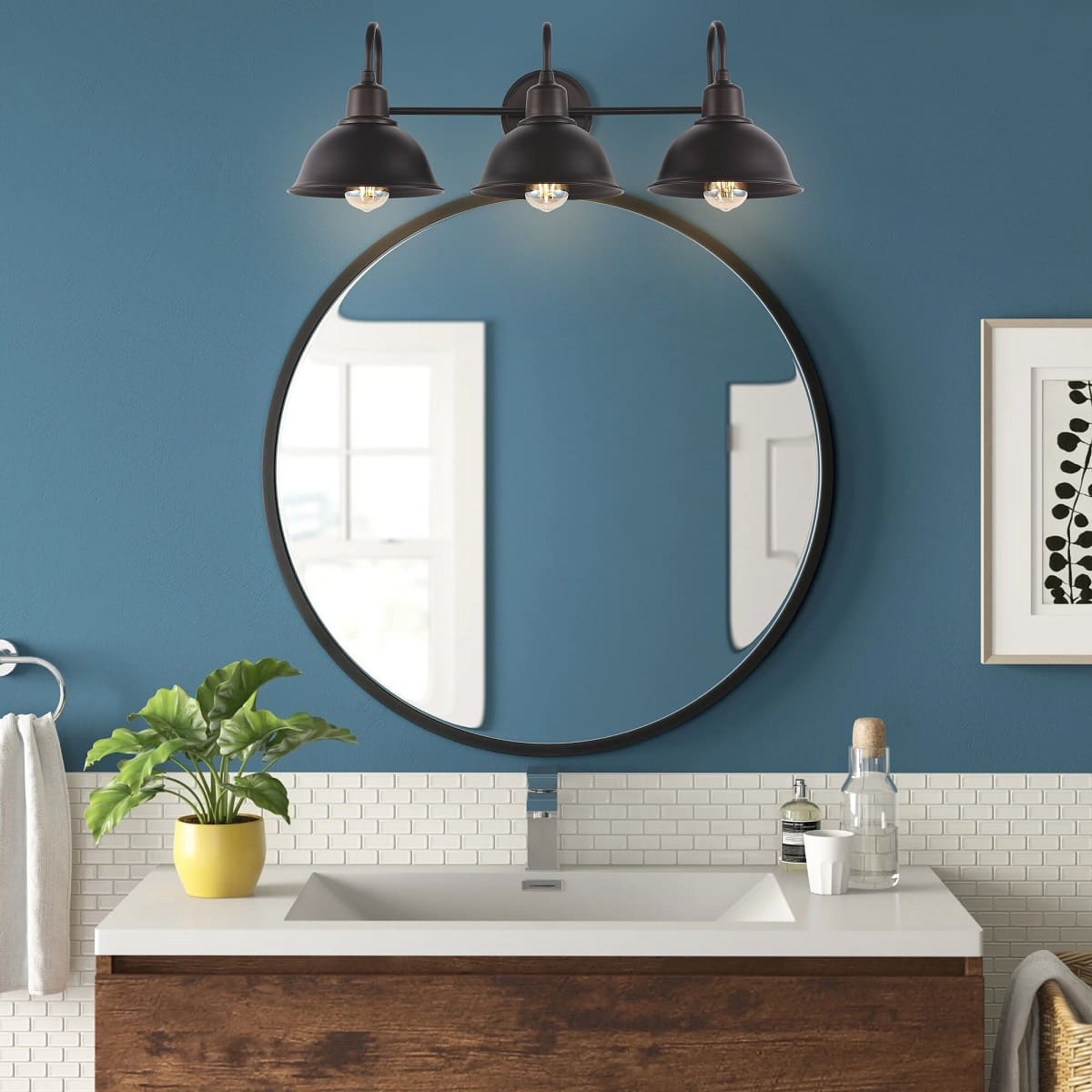
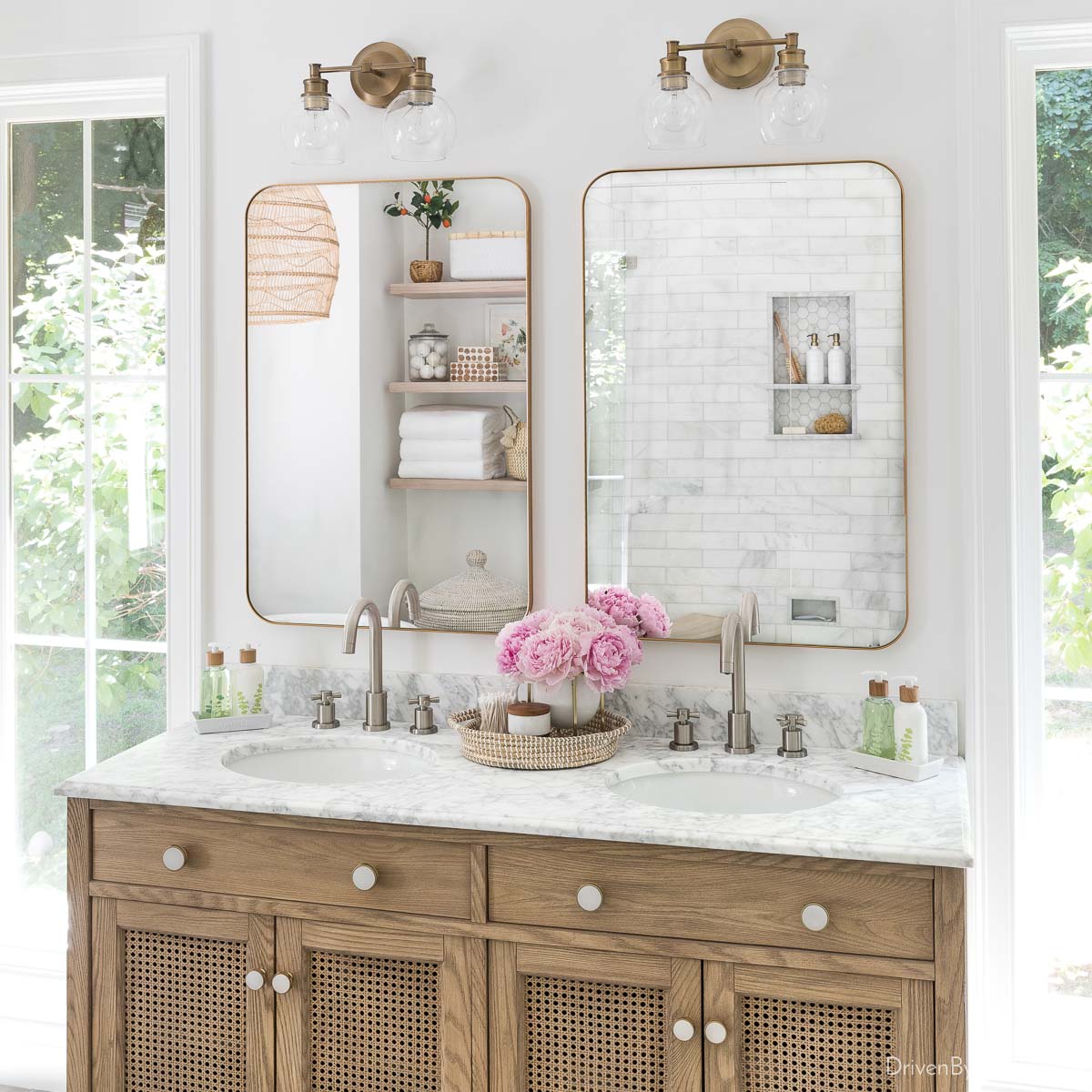
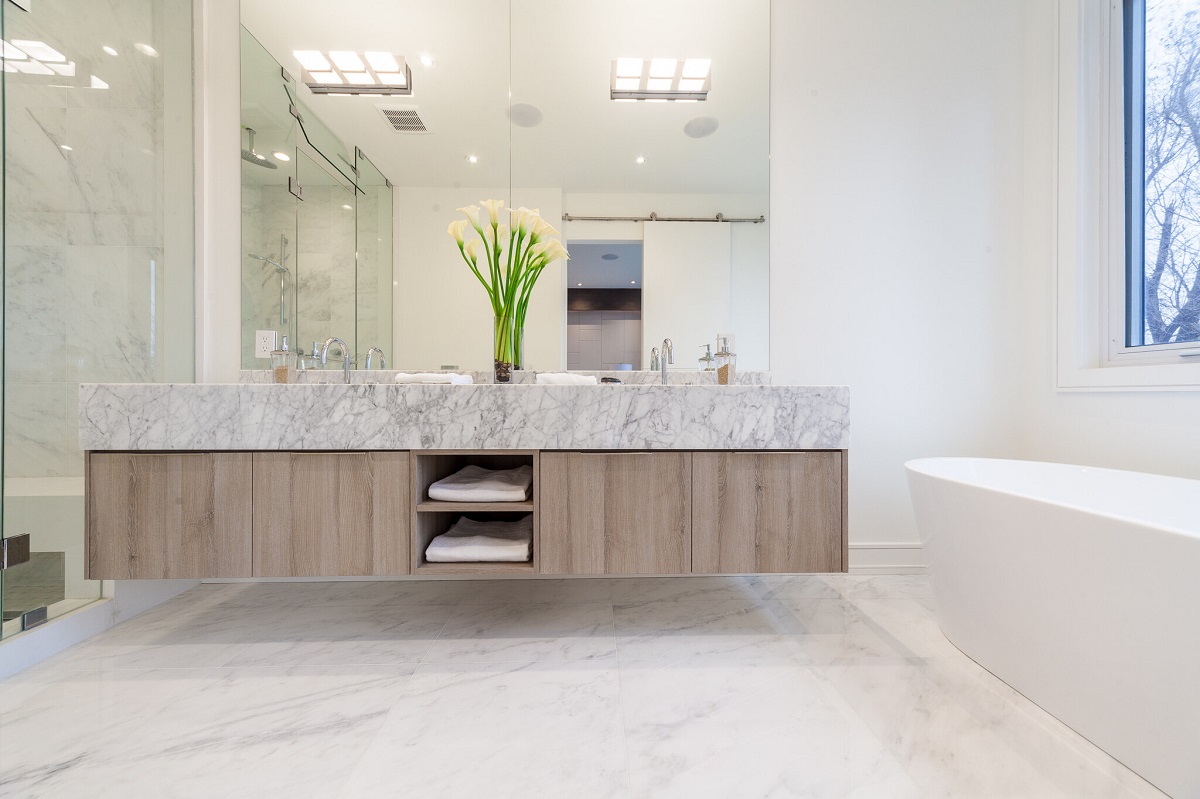
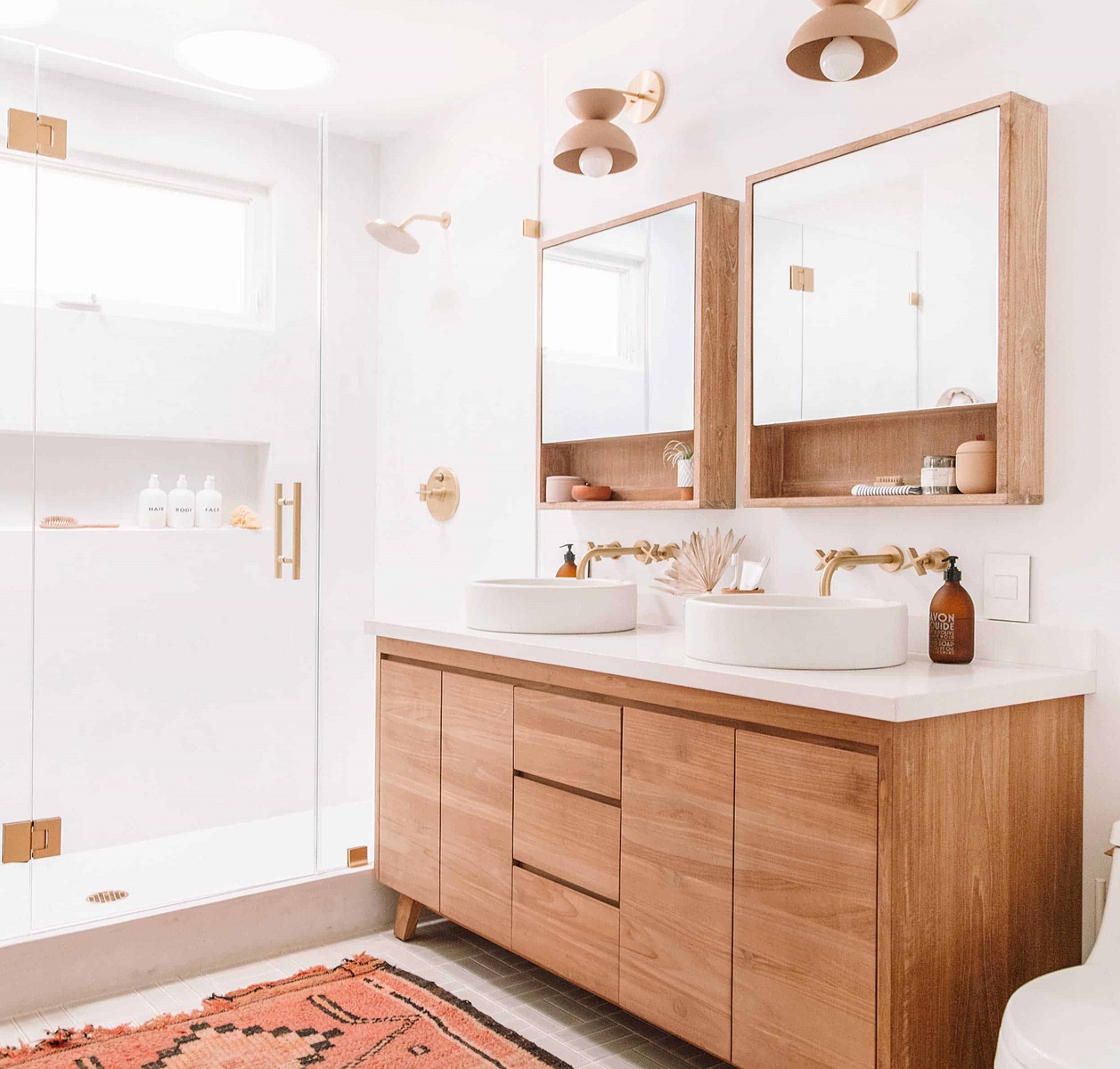



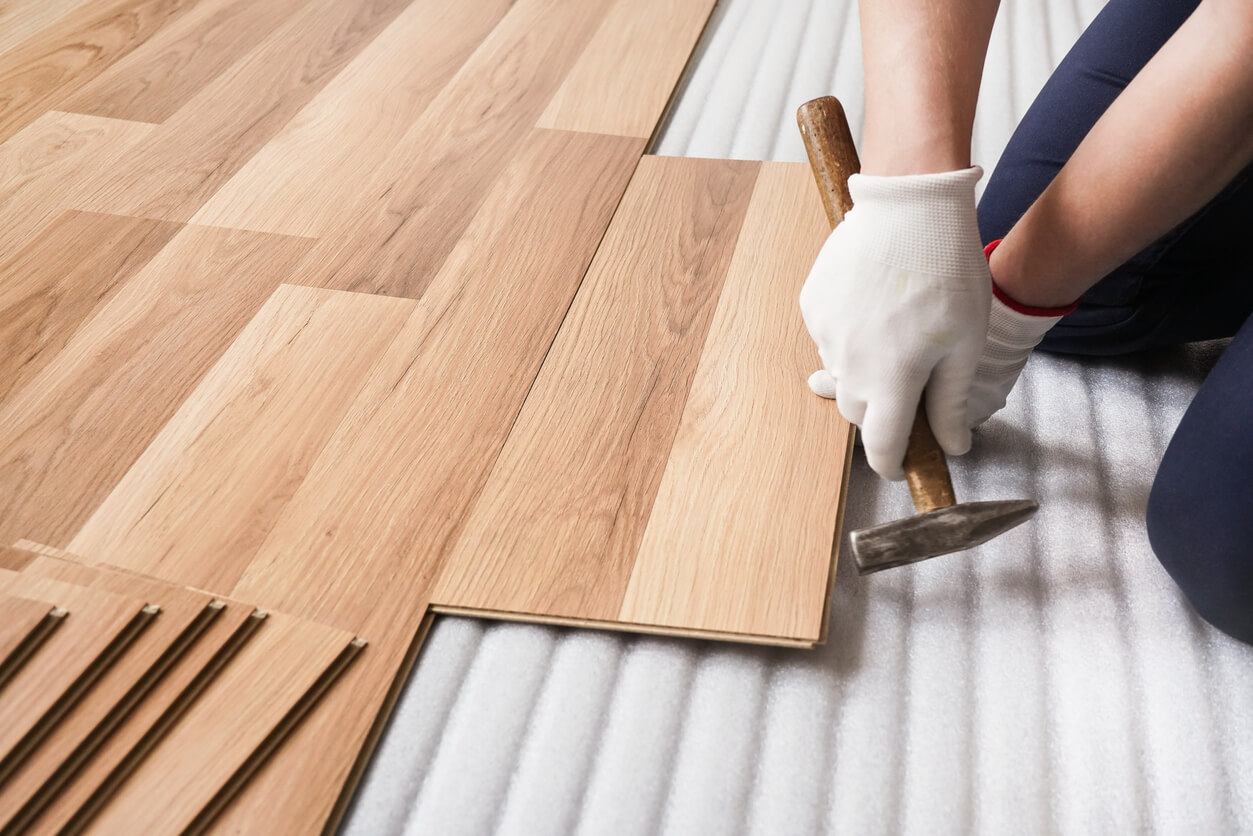





0 thoughts on “How High Should A Floating Vanity Be Off The Floor”